The Polish Painter Who Created Nightmarish, Untitled Paintings
Darkness, decay, and dystopia in Zdzislaw Beksinski's surrealism
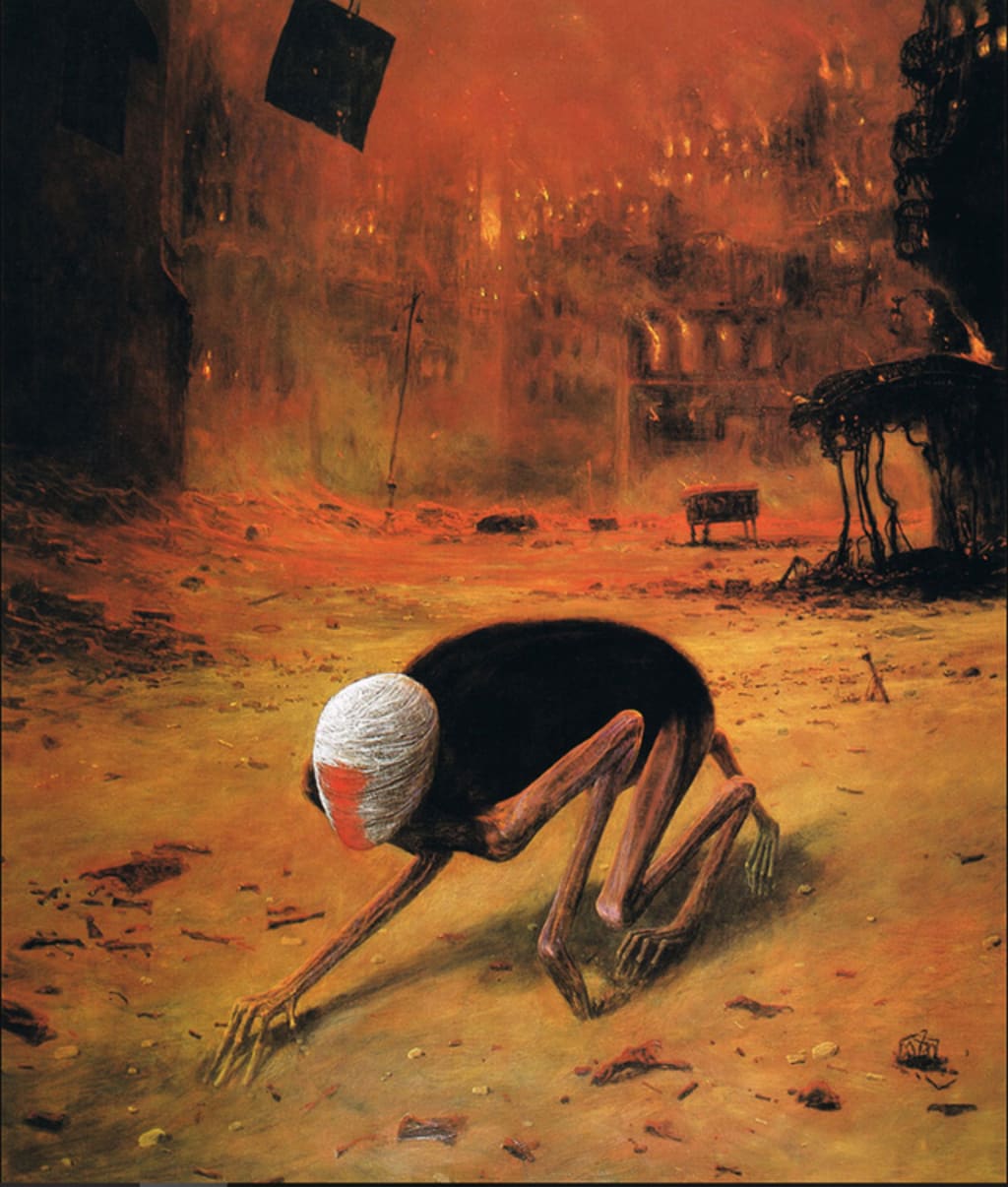
Zdzisław Beksiński was a Polish painter, photographer, and sculptor. He became famous for his unconventional paintings and photography that had elements of dystopia and surrealism. Even though his art and photography were criticized by many conventional painters and photographers of his times, he continued to refine his trademark existential style.
This article will focus on a few of his art pieces, why he did not name his paintings, and what exactly compelled him to depict anxiety, obscure faces with wrapped bandages, or a doomsday scenario?
The early life of Beksiński and his paintings
Zdzisław Beksiński was born in 1929 in Sanok, Poland. At that time Sanok had the largest population of Jewish people in all of Poland. Though he studied architecture, he pursued part-time photography and started experimenting. During that time, pure or straight photography was in fashion and his work was in immediate backlash. A critic, Alfred Legault, criticized his photography saying that surrealist photography should not be acknowledged.

In the 1960s, although he became a well-known photographer and portrayed pictorialism, he quit this profession stating that he could not contribute more to the medium as his imagination became stagnant. And so he donated his photographs to an art museum.
After the 1960s, Beksiński entered what he himself called his "fantastic period" that lasted up to the mid-1980s. He created some very disturbing images, surrealistic environments with death and decay, landscapes with skeletons and deformed figures. These paintings were detailed and painted with his trademark precision.
At the time, Beksiński claimed, "I wish to paint in such a manner as if I were photographing dreams".
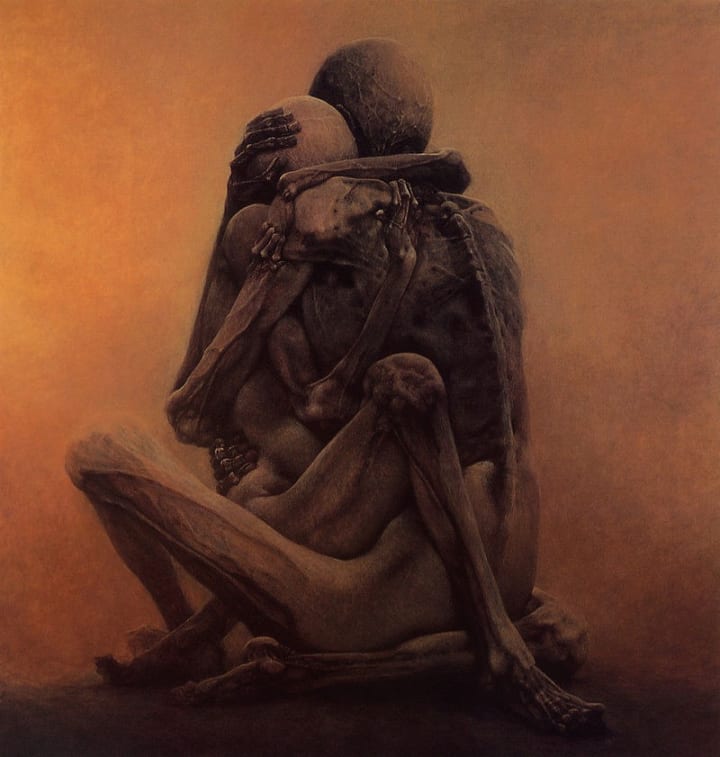
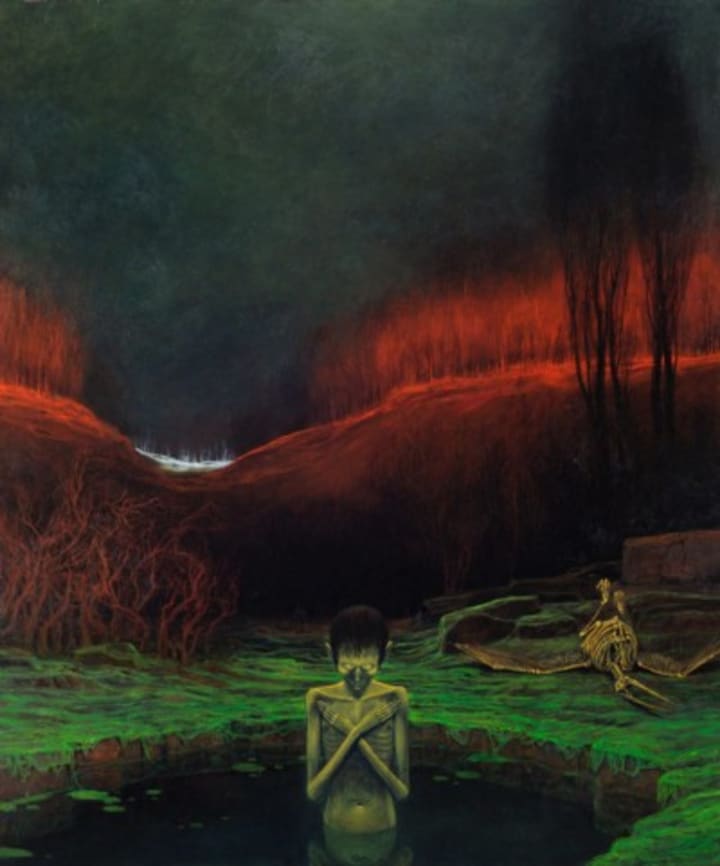
After the 1980s, Beksinski earned international acclaim and his work became popular in the United States, Western Europe, and Japan.
Why his paintings were untitled?
Beksinski believed that art is only to be admired without possibly giving a name or interpretation to it. He refused to title his paintings stating that at one point meaning is meaningless and deriving symbolism or doing a grand thesis on a piece of art is baseless.
He in fact burnt some of his paintings and artwork in his backyard claiming it to be too personal and unsatisfactory that he did not want the people to see.
What might be the reason for his nightmarish paintings?
Beksinski was born and brought up in Sanok. During WWI, the Russian army occupied the town and during the German and Soviet invasion of Poland, which started WWII, he witnessed most of the Jews were either executed or killed in Nazi death/concentration camps.
He experienced antisemitism and it created a black hole in his psyche; witnessing the worst of humanity and translating those thoughts on the canvas.
Another commonality in all his paintings of the use of the color "Prussian blue." This color is named after the prussic acid that is used to produce the color and paint. Prussic acid is also known as hydrogen cyanide which is a highly toxic substance. While the paint used nowadays is not toxic but the Nazis used this chemical in the gas chambers during the Holocaust.
Last thoughts
Beksinski was stabbed to death in 2005 by one of his acquaintances. A big red cross is placed today at the Burning Man location in the USA as a tribute to the artist.
According to Mexican film director Guillermo del Toro, "In the medieval tradition, Beksinski seems to believe art to be a forewarning about the fragility of the flesh - whatever pleasures we know are doomed to perish - thus, his paintings manage to evoke at once the process of decay and the ongoing struggle for life. They hold within them a secret poetry, stained with blood and rust."
If you enjoy my articles, here's the latest video on our Youtube channel.
About the Creator
Kamna Kirti
Art enthusiast. I engage with art at a deep level. I also share insights about entrepreneurship, founders & nascent technologies.
https://linktr.ee/kamnakirti
Enjoyed the story? Support the Creator.
Subscribe for free to receive all their stories in your feed. You could also pledge your support or give them a one-off tip, letting them know you appreciate their work.



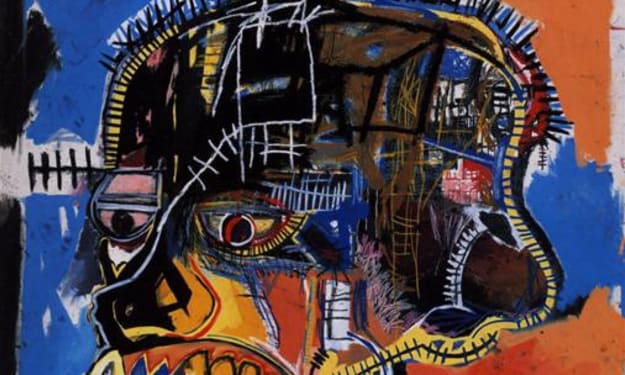

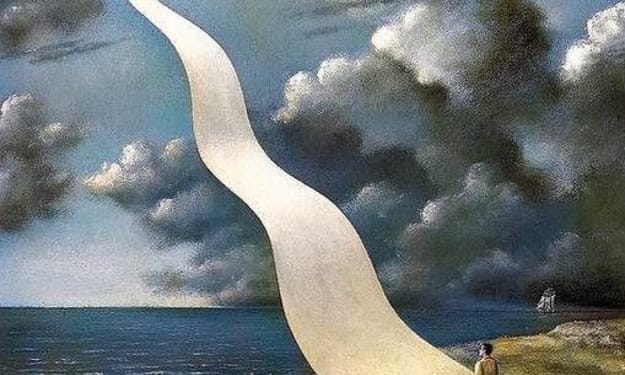

Comments (1)
I’ve seen some of his work before and was always creeped out (in a great way). Loved learning more about the artist behind the work.